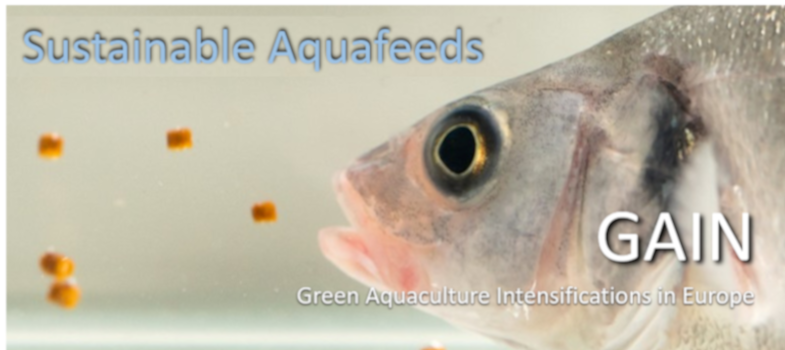Health status: Histology, hematology and plasma metabolites
Evaluation of possible impacts of aquafeeds, in particular when using emergent ingredients, on fish health is paramount. This can be done using histology, blood cell counts (hematology), and measuring plasma metabolites such as glucose, cortisol, and innate immune system proteins.
Histology can be used to study nutritional effects on the fish mucosae (i.e., skin and intestine), which may be assaulted by pathogens (e.g., sealice) and more aggressive feed ingredients (e.g., soybean meal). An example of the use of such histological techniques can be seen here.
Innate immune system proteins and activities were used in the GAIN project to evaluate how novel aquafeed formulations based on emergent alternative ingredients affected the health status of Atlantic salmon, turbot, trout, and gilthead seabream. Little effects were observed, except for instance in plasma levels of the antibody IgM in Atlantic salmon fed a more extreme formulation (PAP-):
Figure 2. Plasma levels of the
antibody IgM in Atlantic salmon feed a Control (CTRL) and four novel aquafeed
formulations.
